Crafting Your Vision Into Reality
Press release from the issuing company
Having a unique idea is one thing, realising it as a standout product is another entirely. Senior Marketing Manager James Montero MacColl point out that packaging is the thread linking either end of this lifecycle.
From the smallest independent brand to the largest multinational manufacturer, the road to commercialising ideas is one littered with potholes and obstacles.
The FMCG market in particular is prone to great ideas that never make it off the drawing board. Whether a concept that doesn’t ignite the imagination or a taste profile too challenging for customer palates, myriad reasons exist for an idea not to make it into the hands of consumers. This is far from a phenomenon exclusive to FMCG but given their nature – being fast-moving – and consumer appetite for the latest and greatest products that match wider trends in society, the potential for a great idea in FMCG to end up in the reject pile is high.
For those ideas that do make it from the concept stage to being a real-life product, the next obstacle to overcome is being seen, recognised and desired by consumers. How do you turn an initial engagement, perhaps fleeting at the shelf edge, into a purchase and repeat custom? For almost all, the answer is packaging expertly crafted to emulate the qualities and characteristics of the product itself, and which appeals to the target audience.
Appeal and delight
“Paperfication” stands out as an example of that last point. Whether chocolate or wine, there’s a growing number of items being packed in fibre-based bags, pouches and bottles as consumers make more environmentally-friendly choices. Often a greener alternative to incumbent packaging materials, paper and board’s re-emergence as preferred mediums suitable for almost all product categories is irresistible and undeniable. As organisers of packaging trade shows like London Packaging Week, we see first-hand how this trend has taken over to the point where even calling it a trend is arguably an understatement.
This is being complemented by advances in the material itself that make it suitable for a wider range of structural situations and end-use applications. Protection and collation spring to mind: honeycomb and mesh sleeves being used to ship bottles; shrink wrap and six-pack yokes being removed and fibre-based alternatives engineered and introduced. Most big-name beverage brands are on this path, with others following suit.
The clever application of converting technology furthers this appeal. For example, sophisticated laser die-cutting technology with higher power lasers enables the production of increasingly complex shapes and patterns from label papers, folding boxboard and corrugated sheets, with a quality that even the most demanding of brand owner will find hard to deny and, more importantly, consumers will find hard to ignore. New ink formulations allow the printing and decoration of such materials using next-generation processes – often digital in nature – that are running water-based and VOC-free chemistries. This is an important development in the “paperfication” of the wider packaging industry and to reassure brands that such packaging is safe for primary and secondary food packaging alike.
If glass is still your bag, and for many it is as an infinitely recyclable material, the latest decoration technologies allow the creation of high-quality branded items that help realise new marketing opportunities through customisation and personalisation. In essence, turning bottles and other vessels into multi-dimensional works of art. Whilst directly decorating tapered glass and other straight-walled cylinders is far from new, the opportunities enabled by the latest digital printing technologies are almost endless. From bespoke haptic effects to short runs featuring event/location-specific graphics and motifs, their impact is striking and powerful. And with multiple pieces per minute able to be decorated using edge-to-edge, 360-degree multi-colour printing, such technologies are far more than a niche, novelty production tool.
Partnerships
These are just a couple of examples, but in each of the aforementioned scenarios, and all others for that matter, ensuring you use a packaging designer/agency that is up-to-date with the latest trends and technological capabilities available to you and your brand is essential to ensuring your packaging bridges the divide between a great idea and a great product. Trends and technologies move at such a pace in this day and age, making it an almost full-time job just to keep on top of the latest happenings.
With this in mind, it is advisable to call upon your packaging partners to know just what they can do for your brand and product(s). Printers and converters are constantly seeking out new technologies themselves, as well as tinkering and pushing the boundaries of what can be achieved with existing systems and machinery. Make sure you’re positioned to take advantage of any such opportunities that arise by keeping an open and active dialogue with them. If new to the packaging market and is possibilities, be sure to research and find the perfect fit partner for your requirements. Make sure to take this search offline too, as only once you directly engage with packaging manufacturers will you truly be able to get to grips with the full assortment of options available.
Regardless, make sure these two important steps in your packaging journey are connected and understanding of their respective skills and expertise. Spending money on a branding exercise can end up a costly yet fruitless exercise if the designer isn’t fully briefed and au fait with the options available, whilst knock-on delays and reformatting once at the printing and converting stage can cause similar issues. By forging strong relationships up and down your entire supply chain, such issues can be readily avoided and possible pitfalls sidestepped.
At its core, packaging is your main marketing tool with which to appeal to and delight your target consumer. You want to make sure you’re doing all you can to maximise potential and opportunities that present themselves. This makes choosing the correct people and companies with access to the right knowledge and tools essential in crafting packaging, so turning your great idea into a fully-fledged product that wins the hearts and minds of consumers.
With each step along this journey present at the likes of London Packaging Week, this makes such an event a must-attend one for all brands to help them to fully understand what’s available at their fingertips to sculpt and craft packaging befitting their ideas and resulting products.
Registration is now open for London Packaging Week 2024, which takes place 11 & 12 September at ExCeL in London.
- The Integrators on Renewability and Sustainability
- Carbon Black and Inkjet – Part 2
- Spring 2024 Inkjet Installation Roundup
- An inkjet throwback: The original direct-to-corrugated inkjet solution
- Unintended Consequences of Regulation
- Don’t let your equipment keep you up at night
- Cutsheet Inkjet Has Arrived!
- Fujifilm Dimatix Advancing the middle ground with SkyFire

WhatTheyThink is the official show daily media partner of drupa 2024. drupa Event Coverage | drupa daily programs
© 2024 WhatTheyThink. All Rights Reserved.

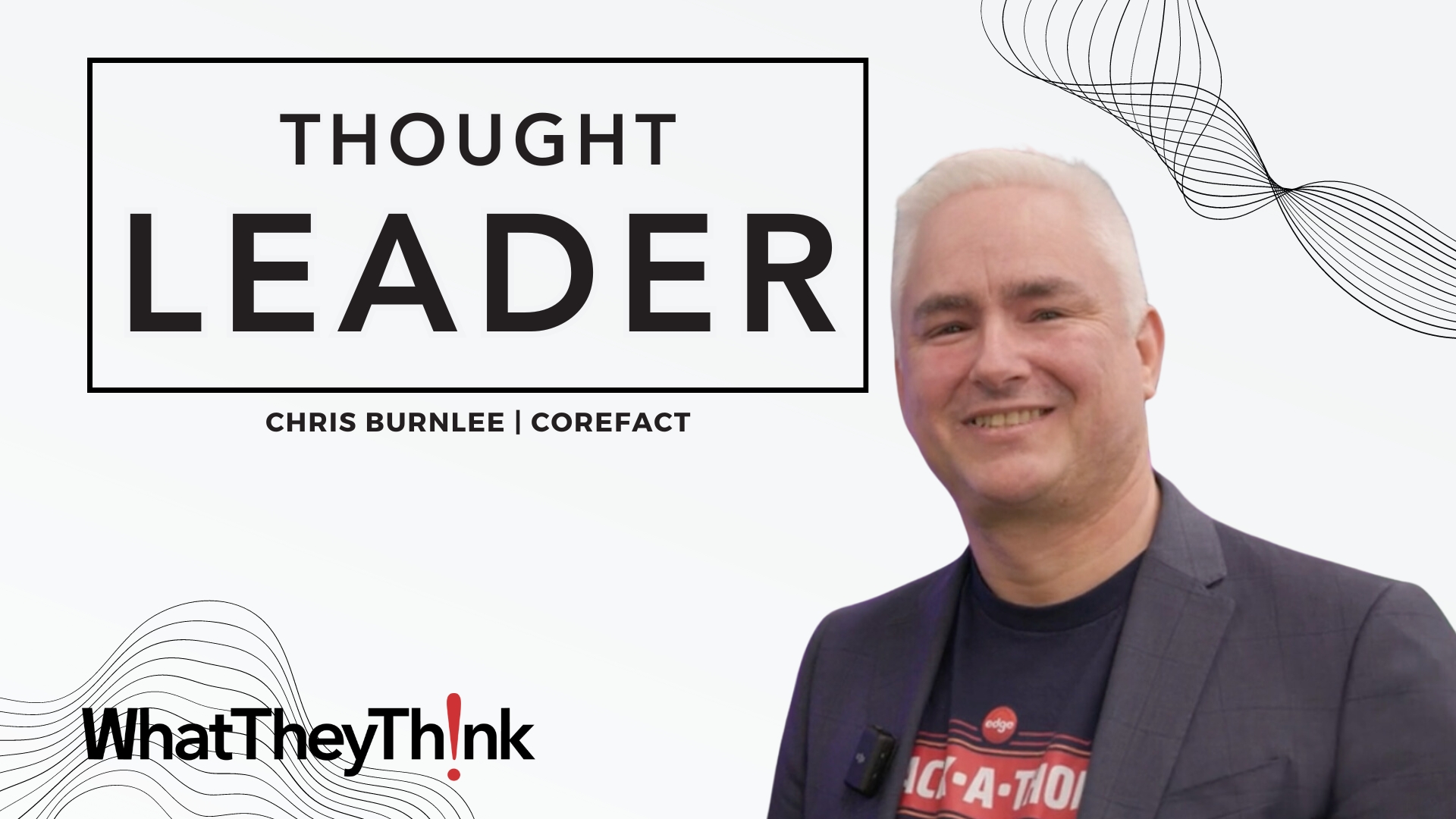


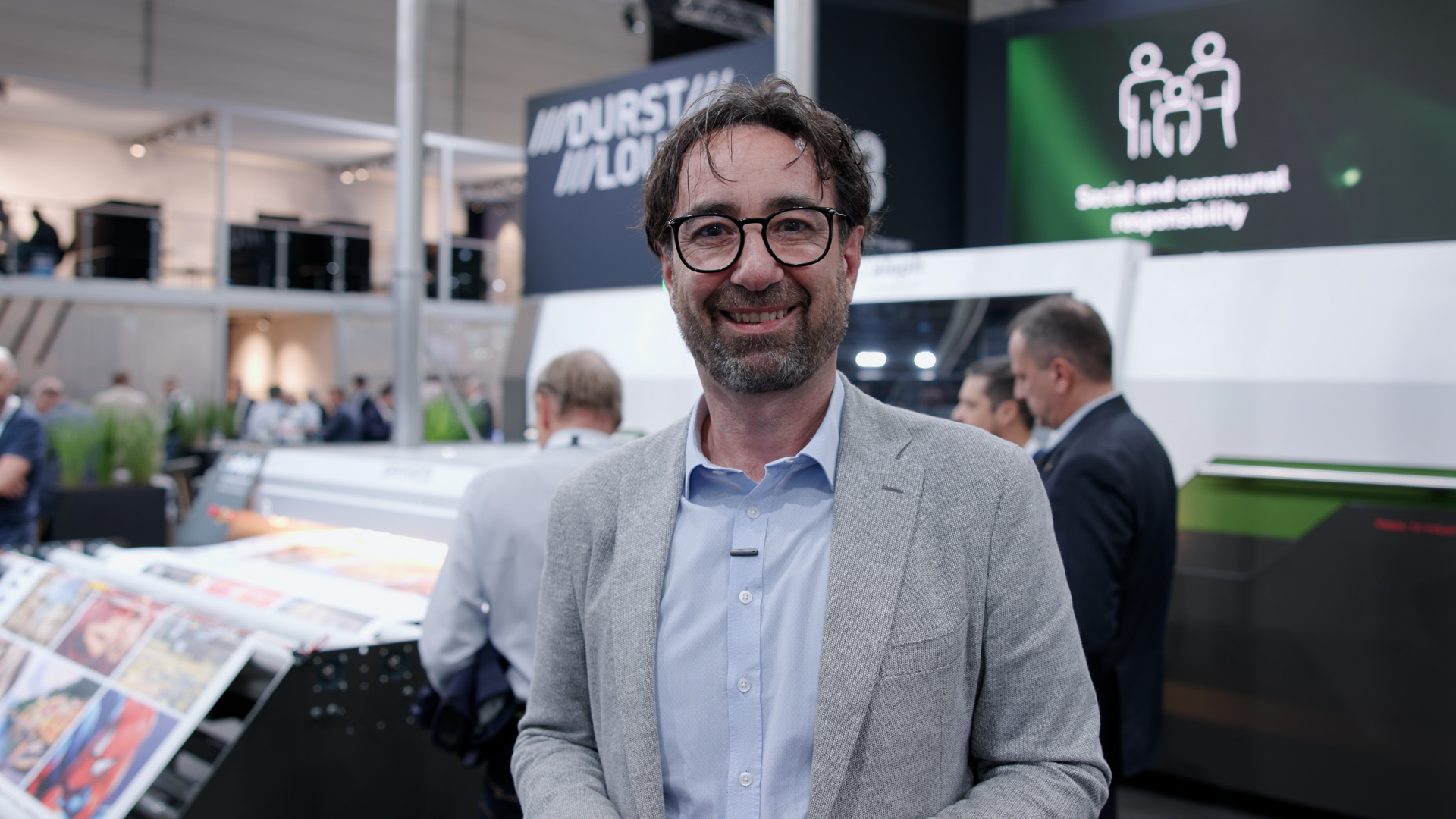

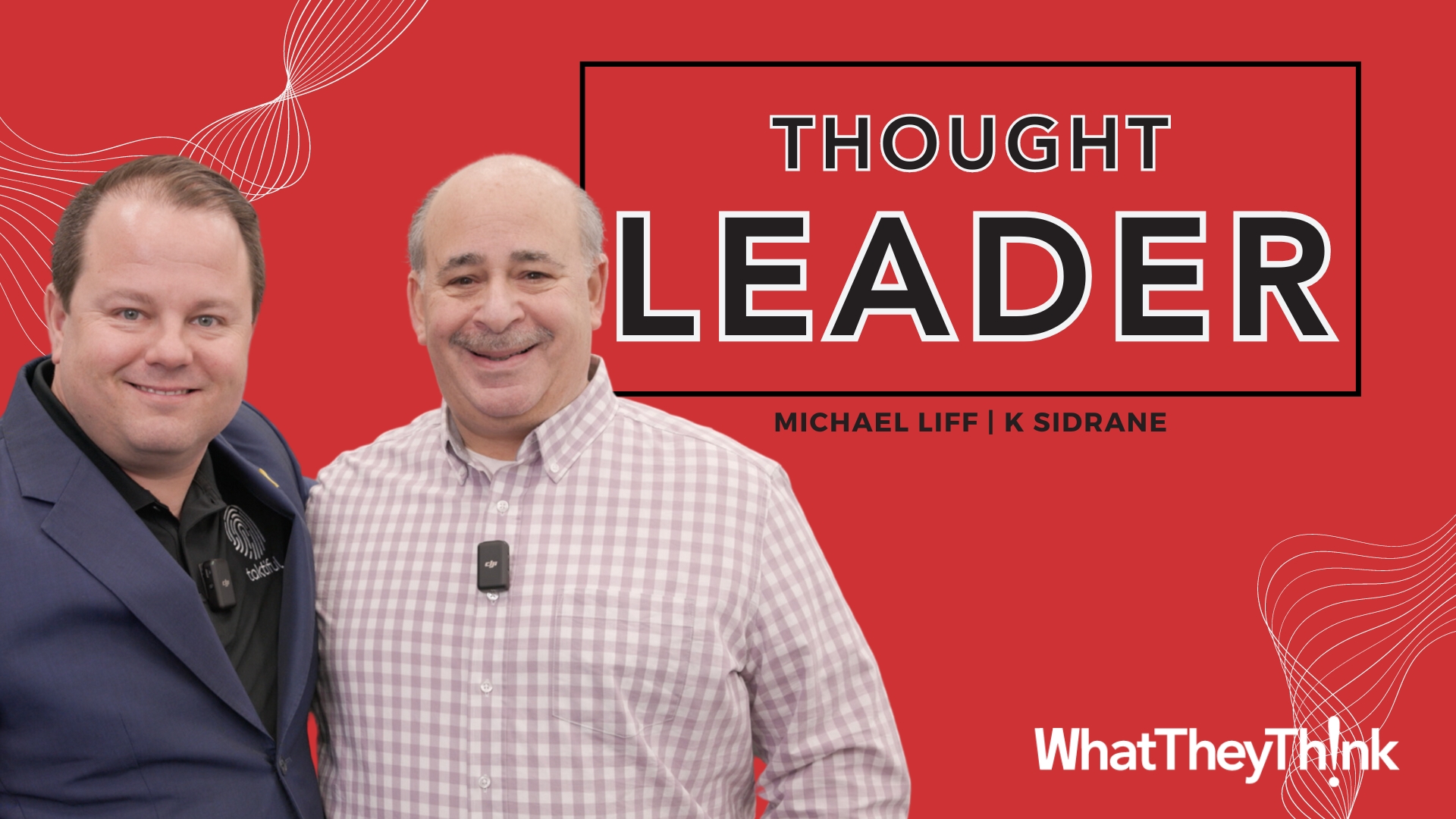
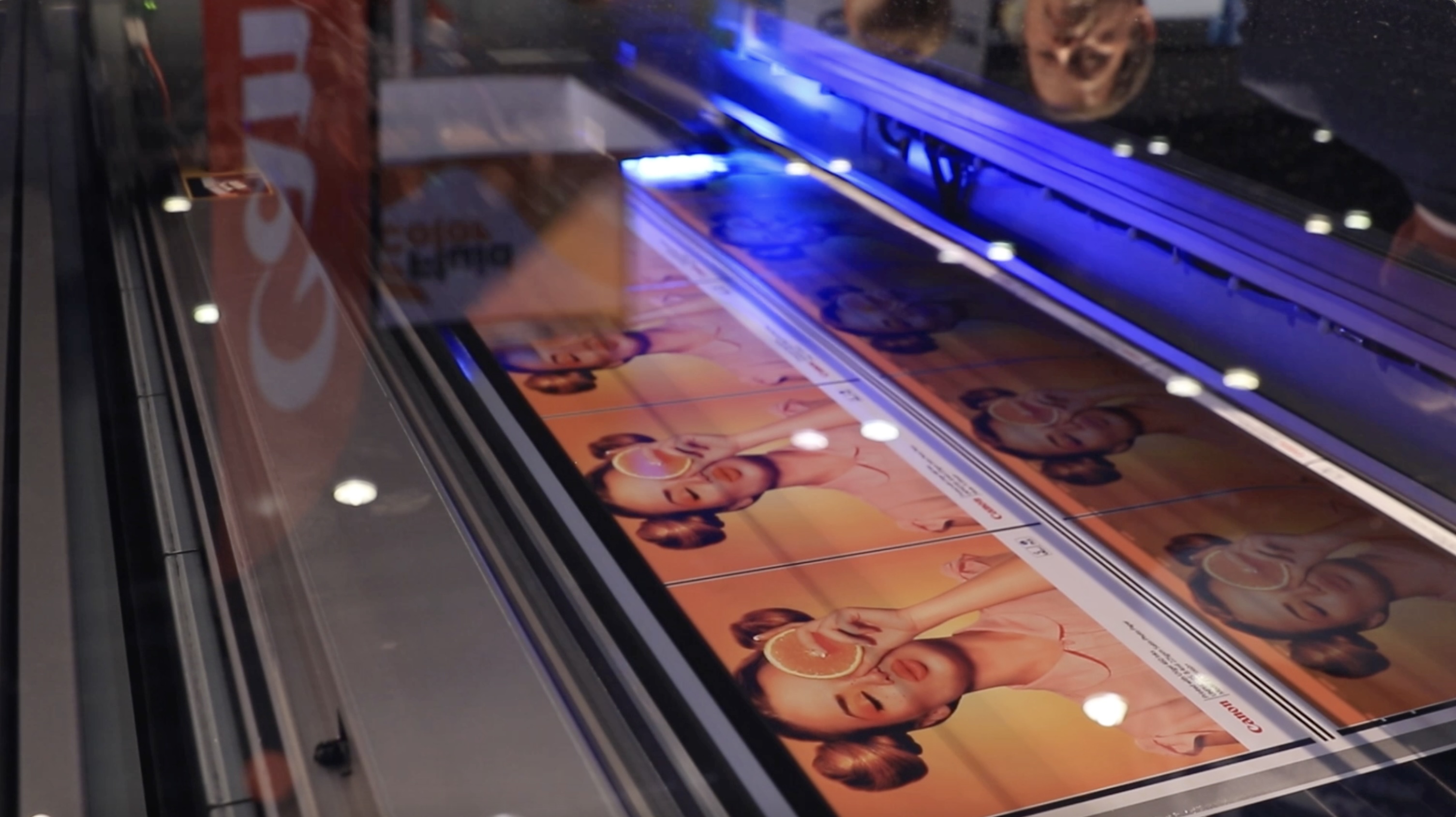
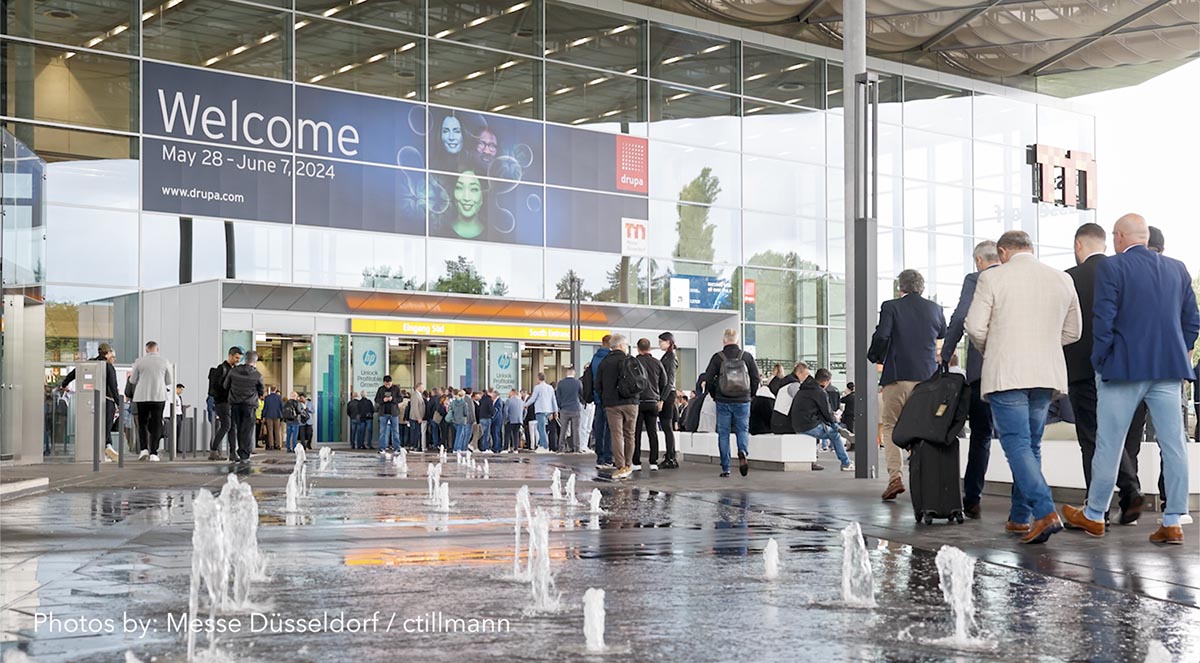
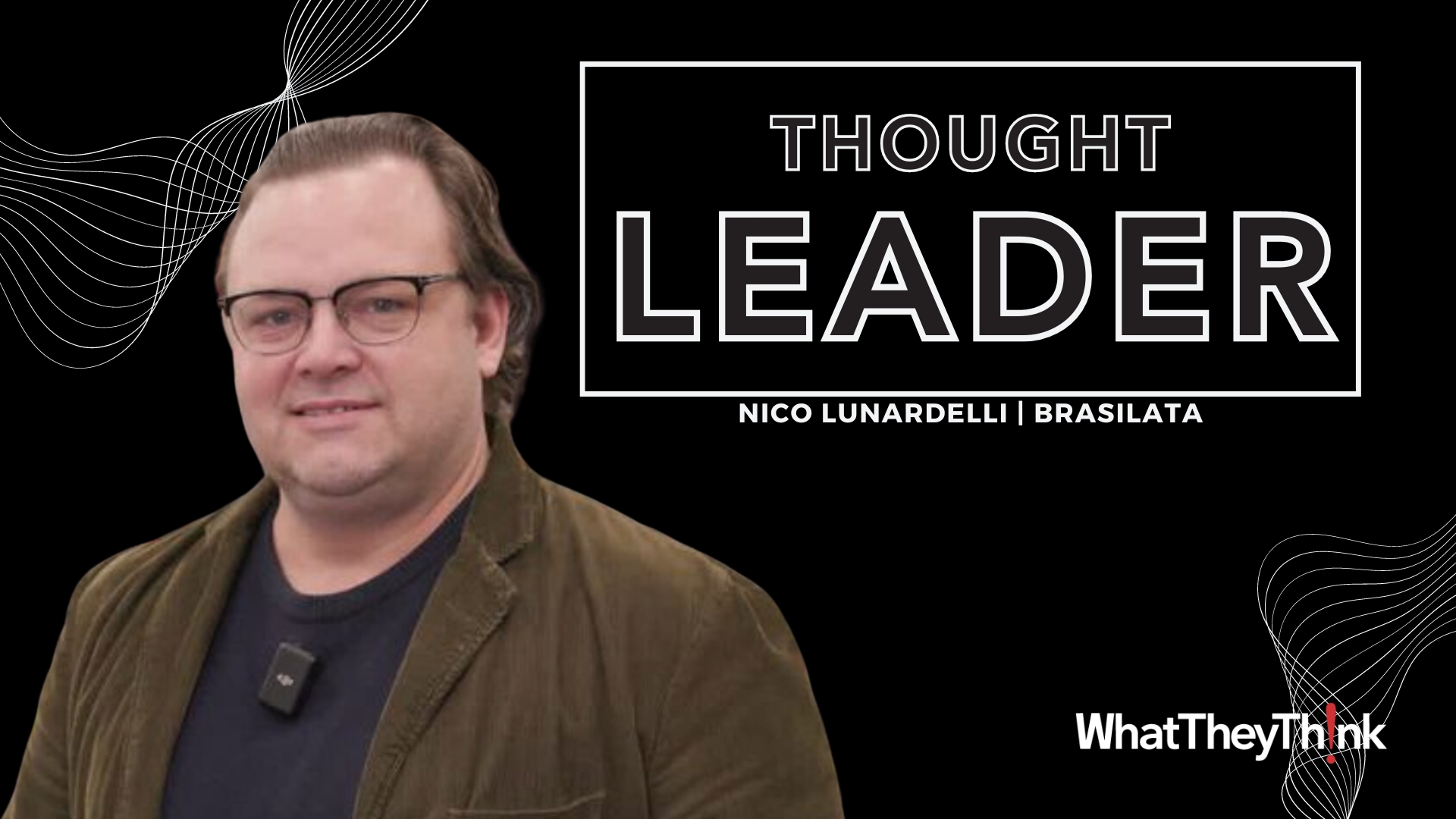
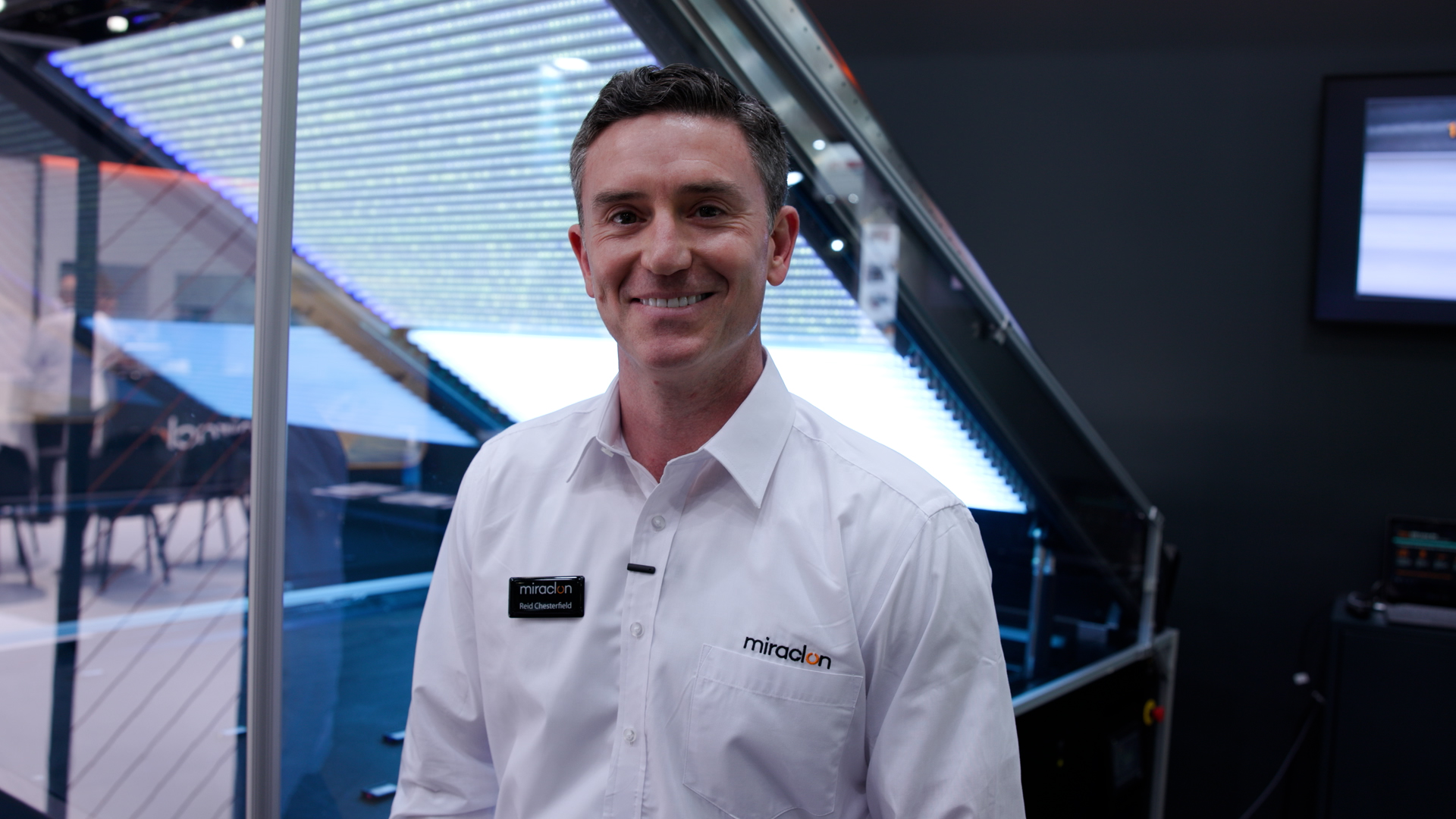

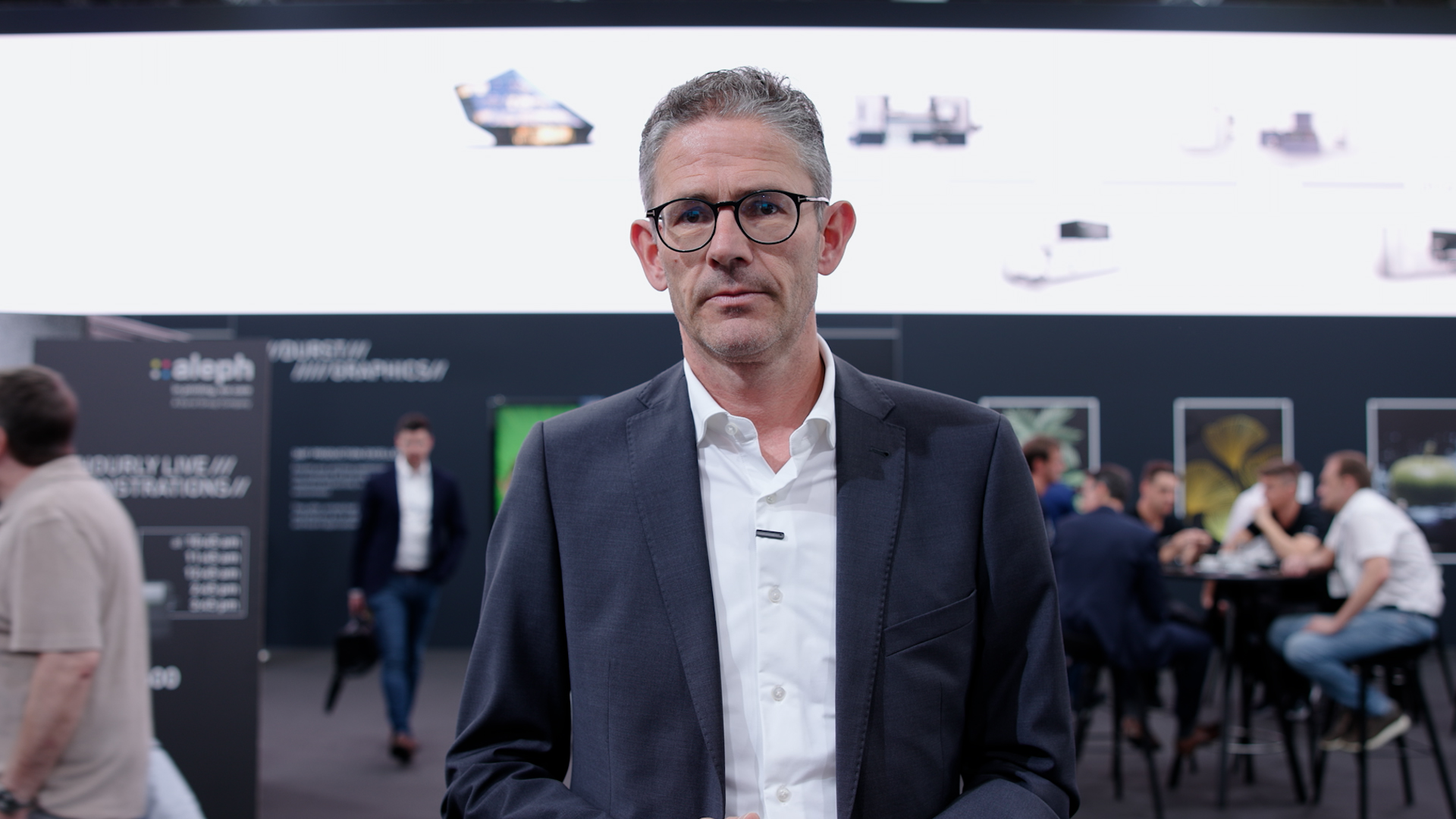

Discussion
Join the discussion Sign In or Become a Member, doing so is simple and free